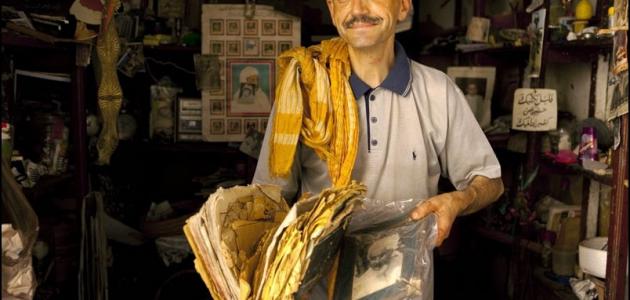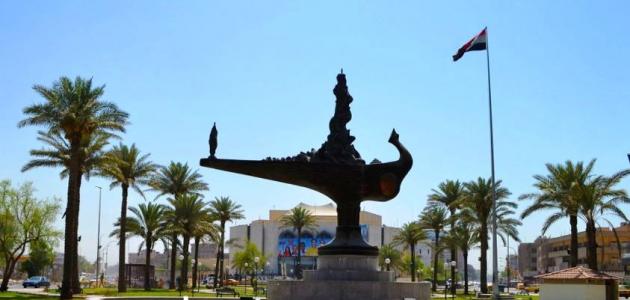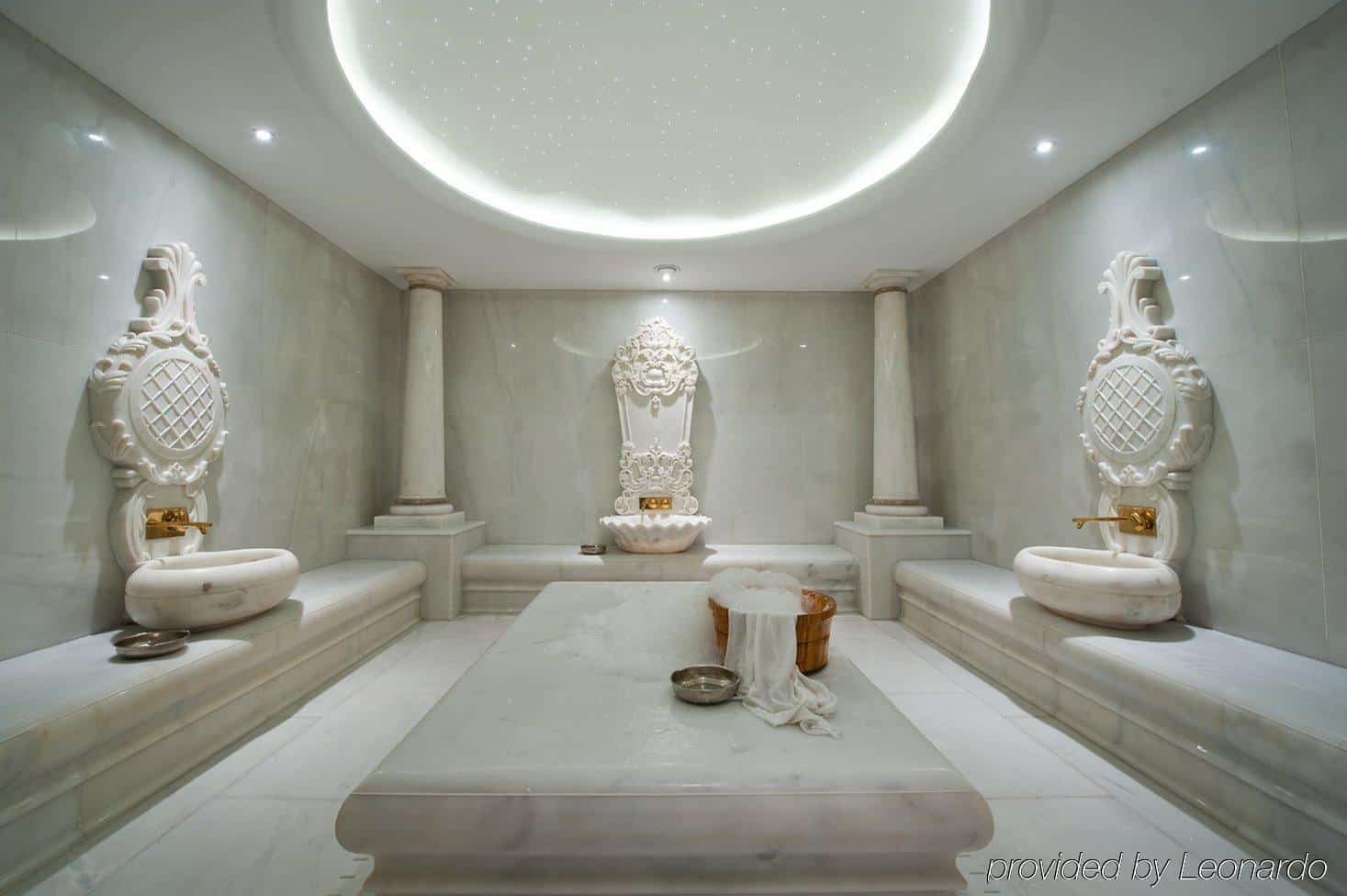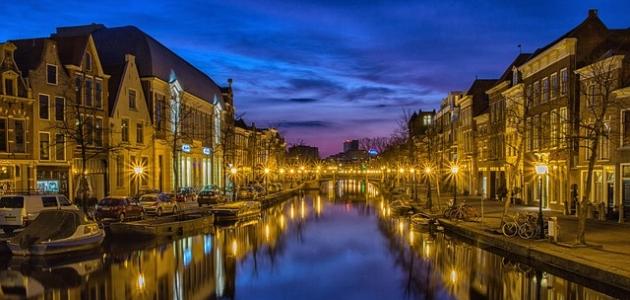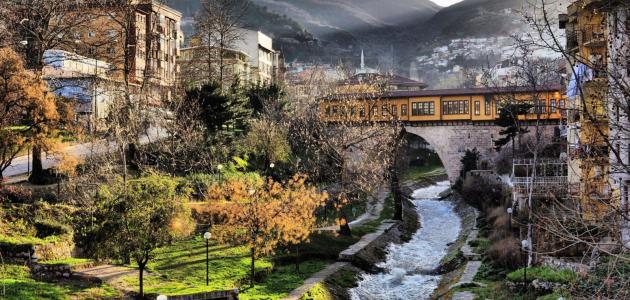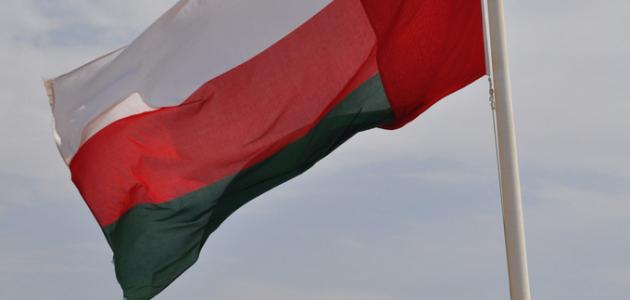Table of Contents
Eiffel tower
The Eiffel Tower is located in the French capital, Paris, near the Seine River, and in the green square de Mars (in French: le Champ-de-Mars) specifically, as it is known as the Iron Lady (in English). : The Iron Lady), and its importance stems from being the most visited tourist attraction in the world, as the number of visitors annually reaches nearly seven million visitors.
The tower was designed by a number of engineers: the architect Stephen Sauvestre, and the engineers: Maurice Koechlin and Emile Nouguier, with the assistance of the Eiffel Contracting Company (English: construction company of Gustave Eiffel) founded by the engineer Gustav The Eiffel Tower is to this day the tallest building in Paris, with a height of 324 m. As for the world, it occupied the first position in height until 1930, surpassing the Washington Monument, which reached a height of 169.3 m, to be ranked later by the Chrysler Building. Chrysler, located in New York City.
Stages of building the Eiffel Tower
The initial drawings of the Eiffel Tower for him were completed in 1884 AD, and on January 28 of 1887 AD, the first excavation work began, and the period of laying the pillars of the tower took only about five months, as the first foundations were laid on the first of July 1887 CE. , While it took twenty one months to assemble the metal parts.
The work of the first floor of the tower ended on the first of April 1888 AD, and on the fourteenth of August of the same year the work of the second floor ended, then the work of the tower was completed, and it was officially opened on the thirty-first of the month of March 1889 AD, and thus took construction A period of approximately two years, two months and five days, which is a record time period in view of the possibilities available to workers in that period, it is worth noting that Gustav put the three-color French flag at the top of the tower, and this artwork was distinguished by the fineness of accuracy as historians witnessed at that time, despite the Simple cost.
The famous Eiffel Tower was built to celebrate the centenary of the French Revolution that started in 1789 AD, a competition was held to choose the best and most suitable design for this event, and the design of the distinctive Eiffel Tower was chosen from among 107 others, to be built in conjunction with the launch of the tenth Universal Exhibition (English: Exposition Universelle) held in Paris, from 15 May to 6 November 1889 AD, this exhibition occupied an area of 950 thousand square meters, and the tower was then the focus of everyone’s attention, and served as a temporary gateway to enter the exhibition, it is worth noting that The tower was designed in such a way that it is easy to disassemble and remove D.
Eiffel Tower design
Initial design
Architect Sofester proposed a design for the shape of the outer tower, as he proposed the creation of huge arches to connect the columns to the first floor of the tower, in addition to cladding the pillars of the tower with bases made of stone, and the creation of large halls with glass walls on each floor, also suggested decorations to decorate the structure, and a design in the form of Lamp for the top of the tower, but the implementation was somewhat different from this proposal, and more simple than it, and despite that the tower appeared in its distinctive shape, as a result of maintaining the idea of huge arches at its base.
Final design
The final design of the tower included four main pillars that are spaced at the bottom, then gradually approach to the interior with the rise upward, to finally meet, forming the summit, and these columns are linked to a group of metal beams for the travelers traveling on two different levels, as they provide platforms through which tourists can enjoy watching The view, and to climb up to these platforms, the need arose to add elevators to the tower, so the American Otis Elevator Company provided a glass design for the elevator, and these elevators later became one of the most prominent features of the tower, in addition to being essentially an engineering requirement.
The design of the base of the tower is distinguished by the presence of four semicircular arcs, which are limited to giving the tower a dazzling aesthetic view, without any functional impact on its structure, and thus the height of the tower reached 300 m, while the total height with the base and the TV antenna at the top is Faisal up to 324 m, reaching a height The base alone is 5 pm.
The materials used to build the Eiffel Tower
The weight of the Eiffel Tower is about 10,100 tons, as it consists mainly of 7,000 metric tons of wrought iron, which makes it significantly different from the historic buildings of the city of Paris made of stone, and it is worth noting that the iron material made of the tower expands by heat, and shrinks by cold, At a height of approximately 15 cm, Gustav, when designing the tower, benefited from his experience in building rail bridges.
It was used in the construction of the Eiffel Tower, 18 thousand pieces of metal, each 0.1 mm in length, and they were made at the Eiffel factory in the suburb of Levallois Perret (in French: Levallois Perret), in the city of Paris, and then grouped together using a temporary screw, This produced large new pieces, with a length of 5 m each, to replace the used screws with 2.5 million nails, as these nails were installed thermally.
Wooden scaffolding and small steam cranes were used to collect the tower pieces at the construction site, as the number of employees ranged between 150 to 300 workers, and the metal beams were installed with great accuracy using hydraulic jacks, while the tower columns were based on the concrete foundations, which were placed on a layer of gravel, on Depth of a few meters from the ground level.
Paint the Eiffel Tower
The Eiffel Tower paint maintains the cleanliness of the tower and makes it resistant to rust, by taking care of it and painting it in the traditional way, and periodically almost every seven years, as it has been painted until now 18 times, and the process of painting one takes approximately 18 months, in which the tower needs 60 tons Of paint, and is executed manually using 25 paints, and using 1500 simple paint brushes, thus the tower appeared in several colors since its inception, at first it carried red-brown color, then its color was changed to the shades of yellow and chestnut brown, while today the tower is characterized by bronze; As it is graded in three shades of brown, for It is dark at the base of the tower, and light at the top.
Some uses of the Eiffel Tower throughout history
The agreement was from the start that the Eiffel Tower would remain in place for only 20 years, but engineer Gustave Eiffel had developed a plan to preserve it and prevent its demolition and removal, by engaging the tower in research, and the following are the most important uses of the Eiffel Tower:
- The study of the science of air dynamics, and this is intended to study how the air moves around objects. Gustav Eiffel suspended a rope from the second floor of the tower, and at the end of it placed different bodies, to study its movement, as his interest in the effect of the wind appeared from the beginning of his design of the tower.
- Broadcasting radio signals, as these signals are extremely important in determining the location of ships at sea, by comparing the local time of the city with the signals sent at the same time, which helps ship engineers to calculate their distance from this city to the east or west, where they are equivalent to every hour One time difference in timing difference, 15 degrees on longitude.
- To study weather and weather conditions, Gustav has set up a special office for himself on the third floor of the tower, for his astronomical and physiological observations and observations, in addition to installing a weather station on the same floor, and linking it with the French weather office located in the city of Paris.
- Conducting scientific experiments, as the importance of the tower lies in its being a laboratory for carrying out a set of experiments, in several areas, including: physics, astronomy, wind, electric lighting, and aerodynamics, and it is worth noting that the Eiffel Tower worked as an antenna for wireless transmission, as The first radio telegraph was installed in 1898 AD, and other devices, such as: a barometer, a wind gauge, and lightning conductors, were installed on it.

